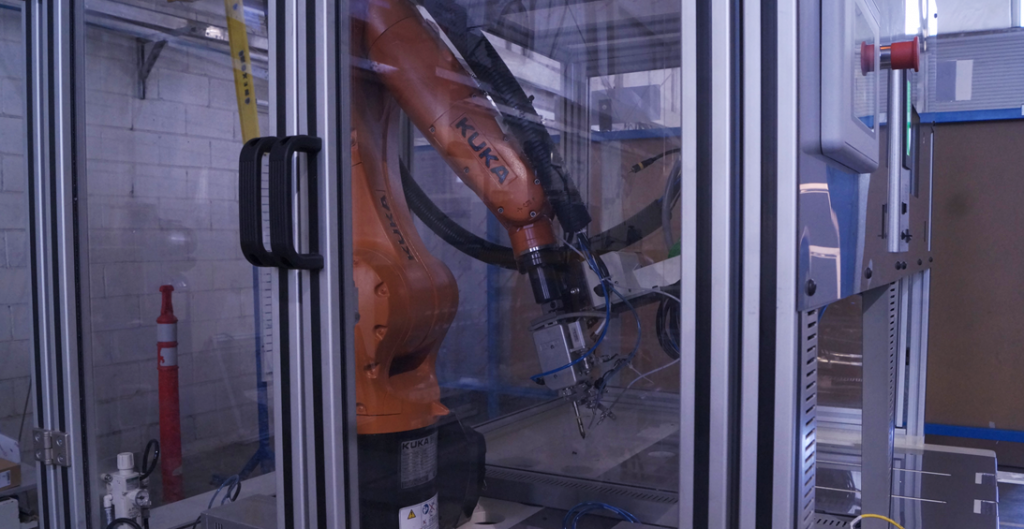Automated robotic welding cells are already a necessary and constantly evolving process in all industrial sectors, and so what is one of the essential elements to achieve these excellent levels of quality and performance that are promised? Of course, robotic cells and their operation within production processes.
So, if you want to know more about the subject, please read on, as we will delve more into its nature, functions and benefits.
WHAT ARE THE ROBOTIC CELLS FOR?
Undoubtedly, and as we indicated at the beginning, one of the most requested and used applications in automated welding are robotic cells, which despite being customized according to the needs of each company, in general, allow:
- Solid and strong welds.
- A correct interaction between the robotic system or robots used and the Welding system.
- Changes in the operating mode, significantly increasing the quality of Welding tasks.
- Improved security, which in turn, provides the ability to increase system performance and speed.
- Lower labor and material costs.
- Thus, an application widely used in the automotive, construction, manufacturing and metallurgical sectors (especially steel), as well as in all those where resistance, arc, plasma, MIG and ICT welding processes are carried out.
HOW ARE ROBOTIC CELLS FOR WELDING INTEGRATED?
In this way, you will see that robotic cells will generally have 3 components:
- Robot: With different numbers of axes and useful load capacities, as well as controllers, user consoles and their respective software.
- Welder or welding station: Which, in turn, can include elements such as guns, robotic systems and feeders, among others.
Power supply: which will depend on the industrial sector, its level of activity and the type of welding. - Elements to which other devices, tools or auxiliary devices such as sensors, actuators, vision cameras, lasers, PCs, etc. can be added.
And, finally, in this integration, other factors will also have to be considered, such as the existing infrastructure, the level of knowledge in the matter, the particular needs and the determination of specific problems to solve, in order to create or request a suitable robotic cell.

BENEFITS OF ROBOTIC CELLS
And knowing this, then what are the benefits that a robotic cell can bring to any welding process? Well, at least 6 clear advantages:
- High quality welds and even certified.
- Increase in welding production.
- High process standardization with repetitive welding.
- Increased security levels.
- Reduction and even elimination of welding errors and defects.
- Increased competitive advantage.
- And, of course, significant time and cost savings in production lines, increasing the profitability of the entire process.
AN EXCELLENT IDEA: THE USE OF ROBOTIC WELDING CELLS
As you could see, the use of robotic cells implies a series of undeniable advantages in any welding process and, nowadays, automation processes are becoming easier and more accessible because, even, programming a robot to carry out precise and safe welding is quite a lot. simple.
Therefore, investing in a robotic cell is an excellent idea, which will also pay off very quickly and in the short term, thanks to increased productivity, reduced errors and waste, and improved plant times. Just what you need.
Do you have in mind to automate this process in your factory? Contact us and find out about our completed projects.
info@nexonautomation.com
Source: Interempresas